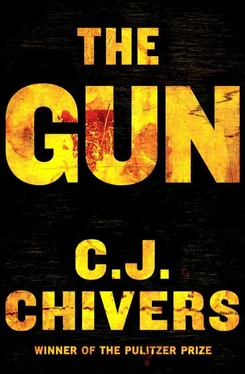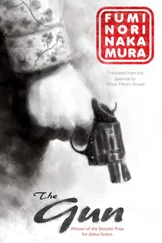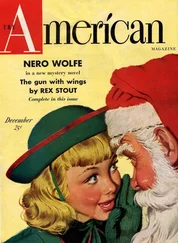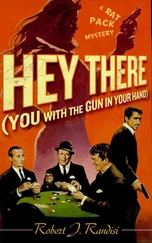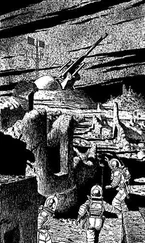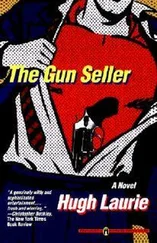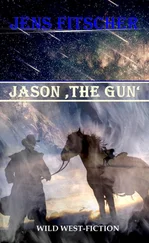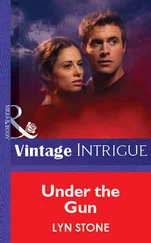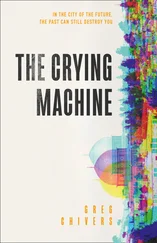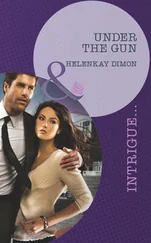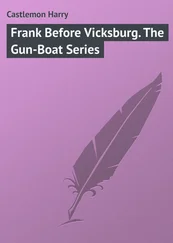Lincoln believed in technology, and he thought that the right weapons, made with the Union’s industrial advantages, might hurry the fighting along toward victory. When the Repeating Gun’s salesmen arrived from New York and checked into the Willard Hotel in Washington, the president ventured down Pennsylvania Avenue from the White House to participate in a demonstration in the loft of a carriage house. Empty cartridges were used, but Lincoln, manning the crank himself, was able to see the cartridges cycle from the box above, through the cylinders, and drop out below. It was the first time a head of state had such a personal encounter with a rapid-fire firearm—a sales phenomenon that within a few years would become common practice in Europe. Lincoln was impressed. He called the weapon the “Coffee Mill,” a homespun nickname coined at the sight of cartridges falling from the hopper and out onto the ground through the movement of a handle, which made the contraption vaguely reminiscent of a grinder. 37
A few days later the president attended a firing trial with live ammunition at the Washington Arsenal. By the year’s end he had instructed the army to order sixty of the guns. The first fifty were bought for $612.50 apiece, plus 20 percent, the following July. 38With that order, J. D. Mills, the salesman, became the first arms dealer to sell a machine gun, 39a career path many would follow. Gatling hoped to be next.
The mood for revolutionary weapons in Washington, however, was different in early 1864 than it had been in 1861. More than two years of intense fighting had passed since Mills’s sales coup, and no fewer than twenty-five different “machine-gun devices,” as one American military officer called them, had been submitted to ordnance officials. 40Lincoln had pushed for another early machine gun, known as the Raphael Repeater, but General Ripley had stymied that weapon, too. And the Coffee Mills that Lincoln had managed to urge into service, and Butler’s Gatlings, had been of little consequence, for many reasons. Some were the weapon’s fault, others not. Paper cartridges were prone to failure. Coffee Mills had seen combat under Colonel John W. Geary in Middleburg, Virginia, in 1862, when they pushed back a Confederate cavalry squadron. 41But the colonel later returned the guns to Washington and complained they were inefficient and unsafe. The single barrel, firing heavy bullets and exposed to the bullets’ friction and the great heat of the powder that propelled them, was prone to overheating. The loads of ammunition required to supply the weapons were a heavy burden for the men and draft horses needed to move the weapon into position for a fight. There were also reports that the weapons’ parts broke, causing the entire system to fail. The rebels’ Requas had also not redeemed themselves. The Confederate volley gun weighed nearly fourteen hundred pounds and tended not to work when its ammunition was exposed to moisture. Rapid-fire weapons were too new, and the army’s officers too unfamiliar with them, for machine gunnery to find a place in the war.
Worries about logistics and performance were not the only factors that had dampened enthusiasm. An absence of imagination played a part. The federal and Confederate officers had been unable to conceive of an essential tactical role for these new weapons. Officers were simply not sure what to do with them. They regarded them as offshoots of artillery, not as infantry arms. Rapid-fire arms stood garrison duty. They watched over bridges. Butler dragged them along as his unit walked across the South. They were not pushed to the center of battlefield duty, and, as near as the surviving records and accounts of the fighting tell, were never used in the offense. No one quite knew how, and no one was advocating for them from within.
Gatling sensed what he was up against. His claim to Lincoln—that the gun he offered was of no ordinary character—was certainly true. Unlike the guns his competitors sold, his weapon was showing signs in field trials that it did not overheat and was a step closer to making the elusive goal of rapid fire real. He wanted Lincoln to know that what he offered was not another curio, and far surpassed the lackluster machine that had intrigued the president almost three years before. He included a postscript in his letter: “I have seen an inferior arm known as the ‘Coffee Mill Gun’ which I am informed has not given satisfaction in practical tests on the battlefield. I assure you my invention is no ‘Coffee Mill Gun’—but is entirely a different arm and is entirely free from the accidents and objections raised against that arm.”
Performance did not matter. The Confederacy by 1864 had both bloodied the Union’s formations and become so weakened by the materially superior federal troops that the promise of a swift victory brought on by a new and terribly efficient weapon was neither as inviting, nor as believable, as it might have been before. Gatling waited for an answer from a president whose attention had drifted. Lincoln did not intervene on Gatling’s behalf. There is no record that he troubled to reply.
The time was not spent idly. Work on the Gatling gun line continued. Gatling had initially had his weapons manufactured in Cincinnati. In 1864, upon making another model with many refinements, he commissioned the Cooper Fire Arms Manufacturing Company, of Pennsylvania, to build an improved prototype. The new model was much more reliable and efficient. Gatling’s sales agent, General John Love, a well-connected retired army veteran and graduate of West Point, offered the weapon for trials to the Army Ordnance Department in January 1865. General Ripley, who had thwarted Gatling from the beginning, had retired. His eventual replacement, Brigadier General Alexander B. Dyer, was twenty years younger than his former boss and more amenable to examining new submissions. The latest Gatling’s performance was of a much higher order, and new developments in ammunition meant the weapon now fired metal cartridges, rather than the paper cartridges used in the earlier guns. Trials were ordered. The army’s ordnance corps began to see its potential. “Dr. Gatling’s gun seems to possess all the good qualities claimed for it,” a test supervisor wrote. “It is therefore merely a question of whether such a piece would be of use in actual service.” 42
The Gatling gun had largely missed the war that spurred its creation, but it had found official support at last. Machine guns were no longer the fancies of men like Puckle. They were nearing commercial success, and were soon to be put to use.
CHAPTER 2
Machine Guns in Action
Merely a Life-Exterminating Weapon 1
ON AUGUST 24, 1866, THE AMERICAN ARMY ENTERED A CONtract to purchase one hundred Gatling guns, signed under the hand of General Dyer, who had assumed command of the Ordnance Department two years before. 2Much had changed in the short time since General Dryer ordered the improved Gatling guns to be put through performance trials. General Robert E. Lee had surrendered the Army of Northern Virginia at Appomattox. President Lincoln had been assassinated at Ford’s Theater. The Gatling Gun Company had entered an agreement with the Colt Patent Firearms Company, in Hartford, Connecticut, which gave Gatling the manufacturing capacity to handle large orders. And the army had turned much of its attention westward, to the resumption of subjugating Native American populations and tightening the government’s hold on the vast wilderness territory that it claimed.
The latest army tests had led to enthusiastic reports. The weapon now had inside backing. “The moral effect of the Gatling gun would be very great in repelling an assault, as there is not a second of time for the assailants to advance between the discharges,” a report noted in 1866. The chief tester found as well that the weapon was suited for the demands of the field. “The machinery of this gun is simple and strong, and I do not think likely to get out of order. I had the oil rubbed off this gun, drenched it with water, and then exposed it for two nights and a day to the rain and the weather, but though it was quite rusty, it was fired 97 times in a minute and a half, one man turning at the crank. In my opinion this arm could be used to advantage in the military service.” 3Positive reviews accumulated in the navy, too. “From the examination made of the gun, and the report the tests hereto appended, the board is of opinion that, as an auxiliary arm for special service… it has no known superior.” 4
Читать дальше
